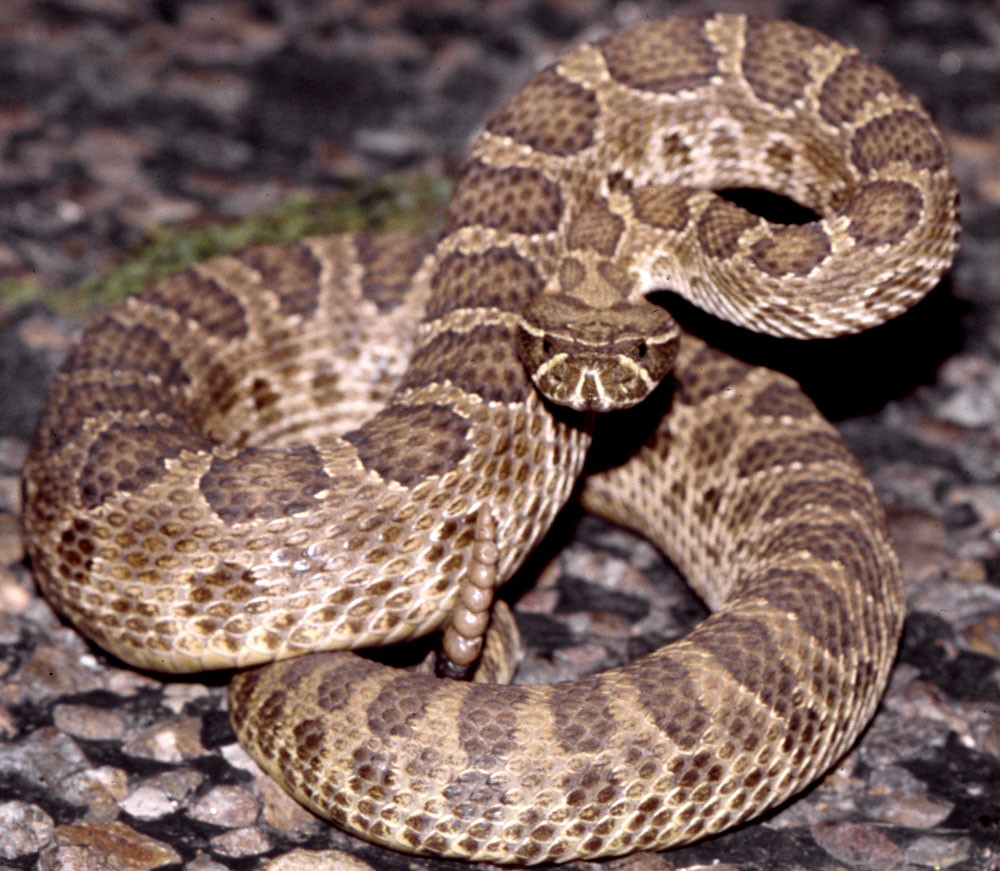Rattlesnakes in Texas are a fascinating yet often misunderstood species that play a crucial role in the local ecosystem. With their distinct rattle and unique adaptations, these snakes have intrigued both residents and wildlife enthusiasts alike. This article aims to provide an in-depth look at rattlesnakes in Texas, covering their biology, behavior, habitat, and safety measures for those who encounter them.
The state of Texas is home to several species of rattlesnakes, including the Western Diamondback and the Timber Rattlesnake. Understanding these creatures is essential, especially for outdoor adventurers and those living in rural areas. This comprehensive guide will explore the characteristics of rattlesnakes, their habitats, and what to do in case of a rattlesnake encounter.
Whether you're a resident, a visitor, or simply a nature enthusiast, gaining knowledge about rattlesnakes is vital for ensuring safety and fostering respect for wildlife. By the end of this article, you'll have a better understanding of rattlesnakes in Texas and how to coexist safely with these remarkable reptiles.
Table of Contents
- Biography of Rattlesnakes in Texas
- Common Species of Rattlesnakes in Texas
- Habitat and Distribution
- Behavior and Characteristics
- Safety Measures and First Aid
- Conservation Status
- Common Myths and Misconceptions
- Conclusion
Biography of Rattlesnakes in Texas
Rattlesnakes belong to the family Viperidae and are known for their distinctive rattle at the end of their tails, which they use as a warning signal when threatened. The name "rattlesnake" comes from the rattling sound produced by the loose segments of keratin that form the rattle. In Texas, these snakes have adapted to a variety of environments, from deserts to forests.
Personal Data and Biodata
| Common Name | Rattlesnake |
|---|---|
| Scientific Name | Crotalus spp. |
| Family | Viperidae |
| Habitat | Deserts, forests, grasslands |
| Diet | Rodents, birds, small mammals |
| Reproduction | Oviparous and viviparous species |
Common Species of Rattlesnakes in Texas
Texas hosts a variety of rattlesnake species, each with unique characteristics and adaptations.
- Western Diamondback Rattlesnake (Crotalus atrox) - Recognized for its distinctive diamond pattern along its back.
- Timber Rattlesnake (Crotalus-horridus) - Found primarily in the eastern parts of Texas, it has a more muted coloration.
- Mojave Rattlesnake (Crotalus scutulatus) - Known for its potent venom and found in the western regions of Texas.
- Black-tailed Rattlesnake (Crotalus molossus) - This species is primarily found in the southern and western parts of Texas.
Habitat and Distribution
Rattlesnakes in Texas are adaptable creatures, thriving in a variety of habitats.
Geographical Distribution
Rattlesnakes can be found throughout Texas, from the arid deserts of West Texas to the lush forests in East Texas. Factors influencing their distribution include:
- Availability of prey
- Temperature and climate
- Presence of shelter and hiding spots
Behavior and Characteristics
Understanding the behavior of rattlesnakes is essential for safety and conservation efforts.
Feeding Habits
Rattlesnakes are carnivorous and primarily feed on small mammals, birds, and occasionally reptiles. They are ambush predators, using their camouflage to blend into their surroundings while waiting for prey.
Safety Measures and First Aid
While rattlesnakes are generally not aggressive, encounters can occur, especially in their natural habitats. Here are several safety measures to keep in mind:
- Wear sturdy boots and long pants when hiking in rattlesnake territory.
- Stay on marked trails and avoid tall grass or dense underbrush.
- Keep your distance if you encounter a rattlesnake and observe it from afar.
What to Do in Case of a Rattlesnake Bite
If bitten by a rattlesnake, seek immediate medical attention. Here are steps to follow:
- Stay calm and try to keep the affected limb immobilized.
- Remove tight clothing and jewelry near the bite site.
- Do not attempt to suck out the venom or use ice.
Conservation Status
Many rattlesnake species in Texas face threats from habitat loss and human interaction. Conservation efforts are crucial for their survival.
- Habitat protection and restoration are needed to maintain their populations.
- Public education on the importance of rattlesnakes can help reduce fear and promote coexistence.
Common Myths and Misconceptions
Rattlesnakes are often surrounded by myths that can lead to misunderstanding and fear. Here are a few common misconceptions:
- Rattlesnakes are aggressive and will chase humans – In reality, they prefer to avoid confrontation.
- All rattlesnakes are deadly – While they can be dangerous, not all rattlesnake bites are fatal.
Conclusion
Rattlesnakes in Texas are an integral part of the ecosystem, contributing to the balance of nature. By understanding their behavior, habitat, and how to safely coexist with them, we can appreciate these remarkable reptiles without fear. If you encounter a rattlesnake, remember to respect its space and seek help if needed.
We invite you to share your thoughts in the comments below or explore more articles on wildlife and nature safety. Your engagement helps us spread awareness and promote a better understanding of our natural world.
Penutup
Thank you for reading about rattlesnakes in Texas. We hope this article has provided valuable insights and encourages you to return for more informative content on wildlife and ecology. Stay safe and curious!
American Got Talent Last Night: Highlights And Performances
Good Sword And Board Movies: A Journey Through Epic Tales
Exploring The Dynamic Relationship Between A$AP Rocky And Drake

